
























What new implementation is the European Space Agency adding to make trips to the moon more efficient?
A. Lunar airport
B. McDonalds
C. Lunar time zone
D. Parking garage
The 95th Annual Academy Awards occurred on March 12, during which the best films are awarded the most prestigious film award: the Oscar. Which film won the most Oscars?
A. Avatar: Way of Water
B. Everything Everywhere All at Once
C. Top Gun: Maverick
D. The Fabelmans
Silicon Valley Bank collapsed over the course of 48 hours, making it the second-largest financial institution failure in the history of the United States. In what year was Silicon Valley Bank founded?




How many books have Davis County school officials pulled from their libraries under their new policy governing “sensitive materials” last year?
A. 1983
B. 1975
C. 1990
D. 1875
A. 66
B. 87
C. 21
D. 33


























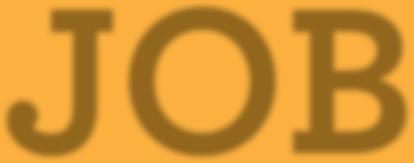


After advancing to the semifinals with a 70–64 victory over Sacramento State University on March 6, Weber State University’s men’s basketball team lost in double-overtime to Montana State University 60–58 on March 7 in Boise, Idaho.
“I couldn’t be more proud of our group and what we accomplished,” Wildcat head coach Eric Duft said.
Opening the tournament against Sacramento State, Weber State made a strong first impression on offense to start the game. Wildcat forward Dillon Jones scored the first points of the night with a step-back 2-pointer from the corner. Following was a 3-pointer from guard KJ Cunningham and a Jones jump shot near the baseline.
“Having a great start like that just helped our team just build that momentum,” Cunningham said.
With Weber State up 7–0, Hornet center Callum McRae scored inside to put Sacramento State on the board. However, the Wildcats’ attack didn’t stop as forward Dyson Koehler and guard Zahir Porter were able to score, pushing the lead to 11–2.
Fighting back, Hornet guard Cameron Wilbon scored during an inside drive. Guard Zach Chappell was then able to hit a 3-pointer to cut Sacramento State’s deficit to 4 points.
With 13 minutes left in the first half, Weber State guard Steven Verplancken Jr. hit a 3-pointer off an assist from Jones to start a 10-point run for the Wildcats. Down 14 points, Hornet guard Gianni Hunt made two 3-pointers and McRae made two inside shots to end the run.
Looking to stop Sacramento State from coming back, Cunningham made 4 points in 30 seconds. Jones then scored inside with
five minutes left in the half to put Weber State up 33–21.
Despite points from Hornet guard Quadry Adams and McRae, the Wildcats were able to expand their lead to 16 points before the end of the half.
“I think we didn’t follow the game plan to start the game,” Sacramento State head coach David Patrick said. “The one thing I’ve stressed all year is dominating the backboards. I think that’s an effort area. I addressed that at half time, and I really think that side of it got us back in the game.”
Looking to close the gap in the final half, Hornet forward Akol Mawein scored inside off a turnaround jump shot. A battle between two guards, Chappell scored 5 points and Verplancken 6 within the same minute of play.
While the second half was more competitive, it didn’t become a single-digit game until the last two minutes. After Wilbon scored inside to cut Sacramento State’s deficit down to 10 points, he scored on a fast break to make the score 66–58 with just over a minute on the clock.
Nearing the end of the game, McRae made a layup and drew contact from center Alex Tew, leading to an and-1 opportunity. Converting on the attempt, the score became 66–61 with 47 seconds left.
Trying to slow down the clock, the Hornets began to draw fouls. Free throws from Cunningham and Jones gave Weber State the breathing room they needed to end the game on top.
“Overall, really good effort by our team,” Duft said. “Thought we competed on the glass. That was going to be a big key for us and just a good performance all the way around from start to finish.”
Getting the Bobcats game started, Verplancken scored from beyond the arc to give the Wildcats a 3–0 lead. The Bobcats then responded by going on a 6–0 run that included a 3-pointer of their own and a layup in
the paint by guard Raequan Battle.
With the tempo picking up during the first half, Weber State went on an 11–2 run to capture the lead. Fighting their way back, guard Robert Ford III hit a jumper to end the run, cutting the Wildcats’ lead to 25–21. A 3-pointer from Battle with 40 seconds left made it a 1-point game heading into the second.
A defensive battle on both sides, the largest lead of the second half was 5 points. Fought from the line, both teams combined for 17 points from the charity stripe.
With 4:16 on the clock, Jones made two free throws to give Weber State a 47–45 lead. Bobcat forward Great Osobor then responded with a layup to tie the game. With 4 calls on him already, Tew fouled out trying to defend Osobor, who was able to make one of his two free throws.
Finding his way to the line, Jones was able to draw contact off Montana State forward Jubrile Belo with just over a minute left in the second half. Jones made the first free throw to tie the game, but missed the second to secure the lead.
With neither side able to score, the teams went into overtime tied at 48.
Battle started the scoring during overtime with a jumper. Verplancken then responded by scoring in the paint. Continuing the pace of the second half, the first overtime was played at the foul line.
Koehler got to the line first off a foul from Osobor. Drawing contact from Wildcat center Handje Tamba, Belo got to the line to tie the game. Both teams combined for only 8 points during the five-minute period.
With both teams tied at 52, the game continued into second overtime. Outside, the clock was nearing midnight.
Getting to the line, Bobcat guard Darius Brown II drew contact off Tamba to foul out the center. Jones was then able to get to the line off a foul from Brown.
While Jones tied the score, Duft put in a small-ball lineup by subbing forward Daniel Rouzan and putting in guard Junior Ballard.
After a 3-pointer from Battle gave Montana State the lead, Weber State fought back, leading to inside points from Ballard to tie the game.
Inbounding the ball with 13 seconds on the clock, Montana State looked to Battle to end the game.
“I think it was after the first OT, Darius [Brown], I saw him shake, and he got a wideopen 3, but during that, I recognized that who was ever guarding me and who was ever guarding JB [Belo] was kind of shading to him,” Battle said. “I was like ‘Dude, you set this chip, it’s going to be wide open.’ I told Darius ‘you get in the paint. Throw it up. I’ll finish it.’”
Scoring the final points of the game, Battle caught an alley-oop from Brown to put Montana State up 60–58. Trying to retaliate with just over a second on the clock, Verplancken attempted a 3-pointer off an inbound but was blocked.
While the teams shook hands, Jones and Bobcat head coach Danny Sprinkle were seen yelling at each other.
Jones said the altercation started when Sprinkle tried to shake his hand. During last year’s semi final match, in which the Wildcats lost to the Bobcats 69–66 on March 11, 2022, Sprinkle told Jones after the game that he would be the best player in the Big Sky conference.
After not receiving the Big Sky player of the year award, Jones believed that Sprinkle didn’t vote for him.
“We just had a little exchange but nothing personal,” Jones said. “I know coach Sprinkle. He good people.”
Sprinkle stated after the game that he did vote for Jones as player of the year, an award given this year to Eastern Washington University’s Steele Venters.
Montana State will be advancing to the NCAA tournament. Weber State’s 20232024 schedule has not been released.


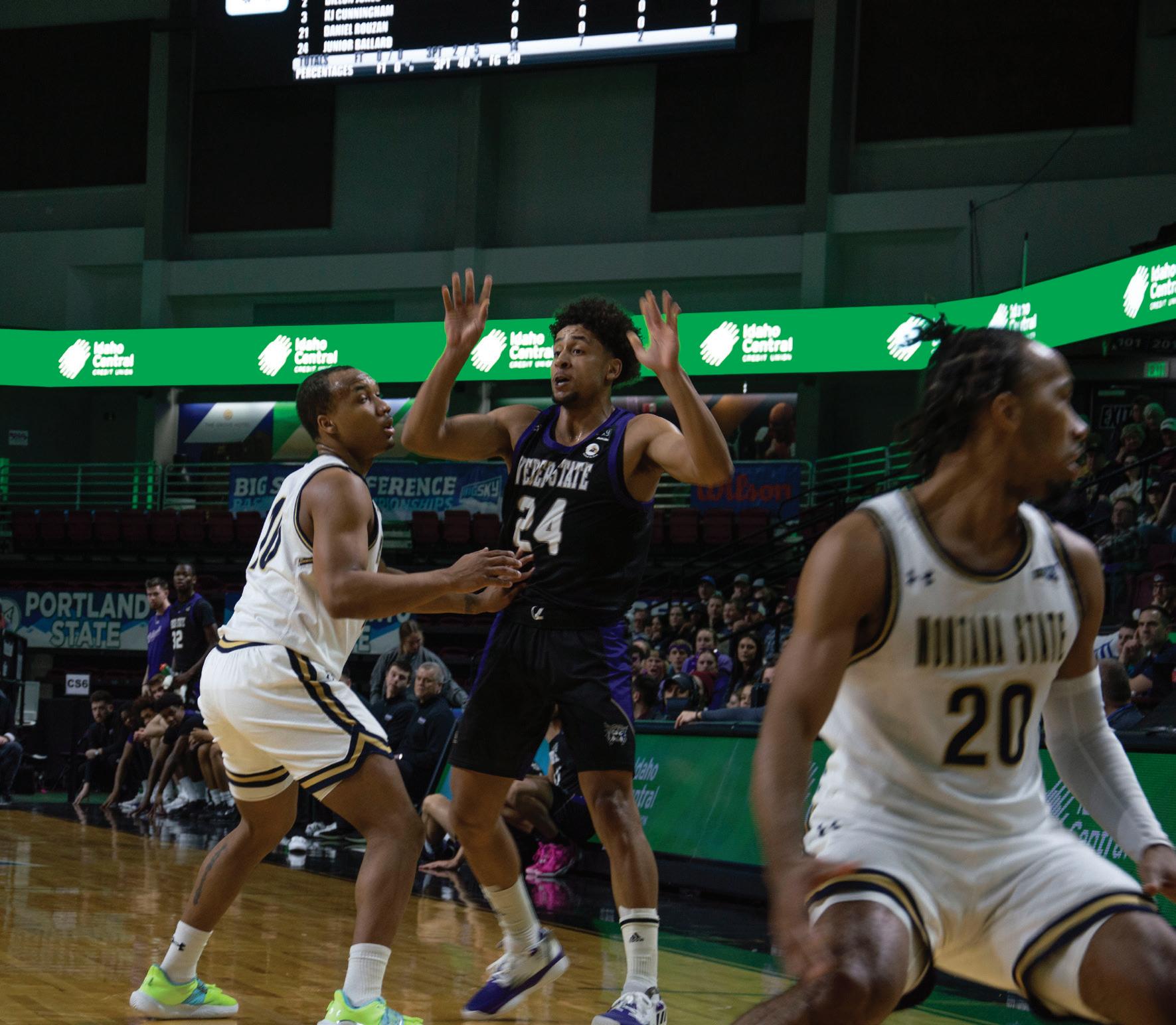

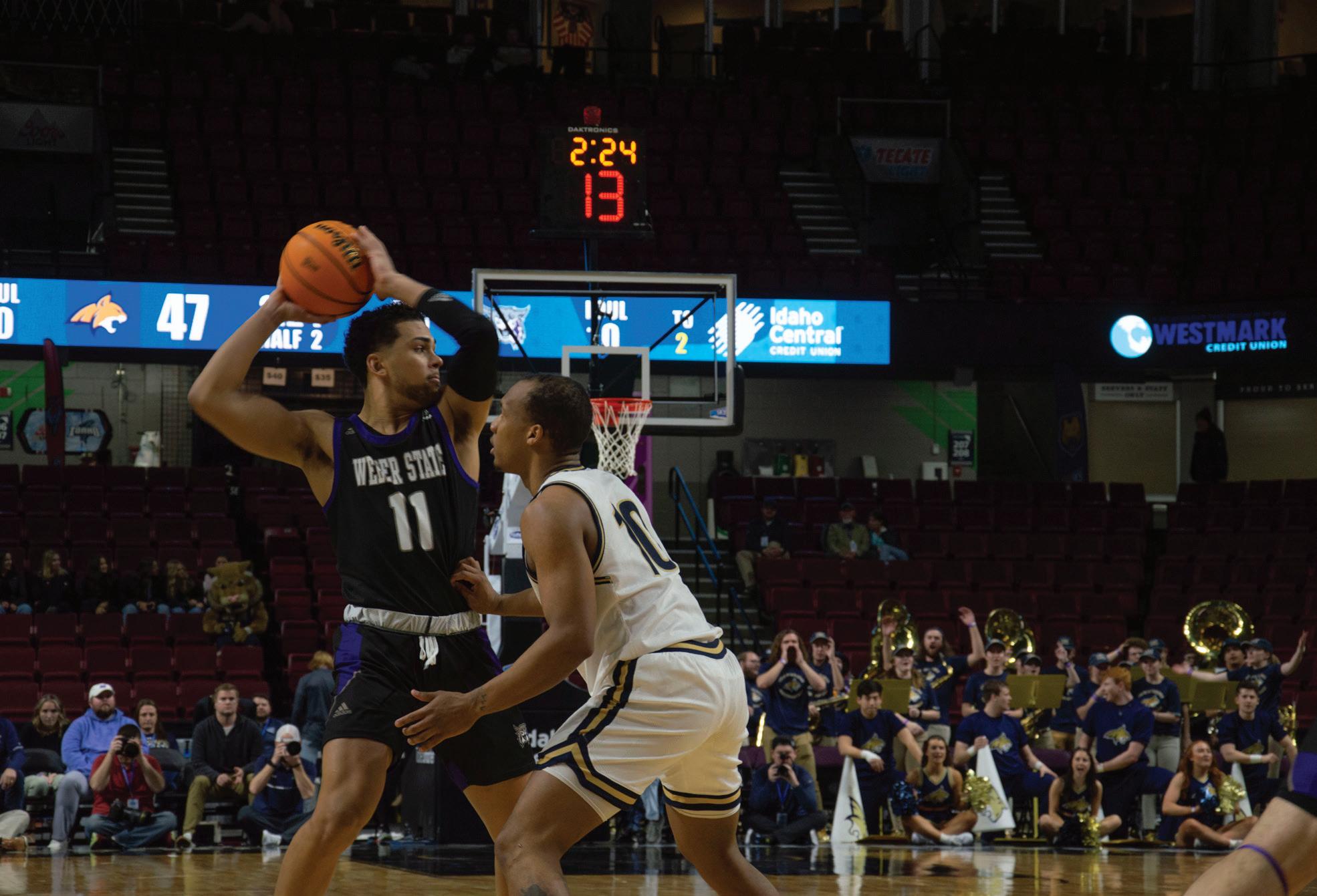

Tras pasar a semifinales con una victoria por 70-64 sobre Sacramento State University el 6 de marzo, el equipo masculino de baloncesto de Weber State University perdió en doble prórroga ante Montana State University por 60-58 el 7 de marzo en Boise, Idaho.
“No podría estar más orgulloso de nuestro grupo y de lo que hemos conseguido”, dijo Eric Duft, entrenador de los Wildcats.
En la apertura del torneo contra Sacramento State, Weber State causó una fuerte primera impresión en ataque para comenzar el partido. El alero Dillon Jones anotó los primeros puntos de la noche con un tiro de 2 puntos desde la esquina. A continuación llegó un triple del escolta KJ Cunningham y un salto de Jones cerca de la línea de fondo.
“Tener un gran comienzo como ese ayudó a nuestro equipo a coger impulso”, dijo Cunningham.
Con Weber State arriba 7-0, el pívot de los Hornets Callum McRae anotó dentro para poner a Sacramento State en el marcador.
Sin embargo, el ataque de los Wildcats no se detuvo, ya que el alero Dyson Koehler y el escolta Zahir Porter fueron capaces de anotar, aumentando la ventaja a 11-2.
Contraatacando, el escolta de los Hornets Cameron Wilbon anotó durante un ataque interior. El escolta Zach Chappell anotó un triple para recortar la desventaja de Sacramento State a 4 puntos.
A falta de 13 minutos para el final de la primera parte, el escolta de Weber State Steven Verplancken Jr. anotó un triple tras una asistencia de Jones para iniciar una racha de 10 puntos para los Wildcats. Con 14 puntos de desventaja, el escolta de los Hornets Gianni Hunt encestó dos triples y McRae hizo dos tiros interiores para poner fin a la racha.
Para evitar la remontada de Sacramento
State, Cunningham anotó 4 puntos en 30 segundos. Jones anotó dentro a falta de cinco minutos para el descanso para poner a Weber State 33-21 arriba.
A pesar de los puntos del escolta de los Hornets Quadry Adams y McRae, los Wildcats fueron capaces de ampliar su ventaja a 16 puntos antes del final de la mitad.
“Creo que no seguimos el plan de juego para empezar el partido”, dijo el entrenador de Sacramento State, David Patrick. “Lo único en lo que he insistido todo el año es en dominar los tableros. Creo que es un área de esfuerzo. Lo abordé en el descanso, y realmente creo que ese aspecto nos devolvió al partido”.
En el último periodo, Akol Mawein, alero de los Hornets, anotó desde dentro con un salto desde la línea de fondo. Una batalla entre dos guardias, Chappell anotó 5 puntos y Verplancken 6 en el mismo minuto de juego.
Aunque la segunda parte fue más competitiva, no se convirtió en un partido de un solo dígito hasta los dos últimos minutos. Después de que Wilbon anotara dentro para recortar la desventaja de Sacramento State a 10 puntos, anotó en una ruptura rápida para hacer el marcador 66-58 con poco más de un minuto en el reloj.
Cerca del final del partido, McRae hizo una bandeja y atrajo el contacto del pívot Alex Tew, lo que llevó a una oportunidad de un y uno. Al convertir el intento, el marcador se convirtió en 66-61 a falta de 47 segundos.
Tratando de ralentizar el reloj, los Hornets comenzaron a sacar faltas. Los tiros libres de Cunningham y Jones dieron a Weber State el respiro que necesitaba para terminar el partido en la parte superior.
“En general, muy buen esfuerzo de nuestro equipo”, dijo Duft. “Pensamos que competimos en el cristal. Esa iba a ser una gran clave para nosotros y sólo una buena actuación en todo el camino de principio a fin.”
Weber State contra Montana State
Para empezar el partido de los Bobcats, Verplancken anotó desde más allá del arco para dar a los Wildcats una ventaja de 3-0. Los Bobcats respondieron entonces con una racha de 6-0 que incluyó un triple propio
y una bandeja en la pintura del escolta Raequan Battle.
Con el ritmo aumentando durante la primera mitad, Weber State entró en una racha de 11-2 para capturar la ventaja. Luchando por remontar, el escolta Robert Ford III anotó un salto para poner fin a la racha, recortando la ventaja de los Wildcats a 25-21. Una canasta de 3 puntos de Battle a falta de 40 segundos dejó el partido en 1 punto de cara al segundo periodo.
Una batalla defensiva en ambos lados, la mayor ventaja de la segunda mitad fue de 5 puntos. Ambos equipos combinaron 17 puntos desde la línea de caridad.
Con 4:16 en el reloj, Jones hizo dos tiros libres para dar Weber State una ventaja de 47-45. El alero de los Bobcats Great Osobor respondió con una bandeja para empatar el partido. Con 4 llamadas sobre él ya, Tew cometió falta tratando de defender a Osobor, que fue capaz de hacer uno de sus dos tiros libres.
Jones, que se dirigía a la línea de tiros, fue capaz de hacer contacto con Jubrile Belo, alero de Montana State, cuando quedaba poco más de un minuto para el final de la segunda parte. Jones lanzó el primer tiro libre para empatar el partido, pero falló el segundo para asegurar la ventaja.
Sin que ninguno de los dos equipos fuera capaz de anotar, los equipos fueron a la prórroga empatados a 48.
Battle inició el marcador durante la prórroga con un salto. Verplancken respondió anotando en la pintura. Siguiendo el ritmo de la segunda parte, la primera prórroga se jugó en la línea de faltas.
Koehler fue el primero en llegar a la línea tras una falta de Osobor. Ante el contacto del pívot de los Wildcats Handje Tamba, Belo llegó a la línea para empatar el partido. Ambos equipos combinaron sólo 8 puntos durante el periodo de cinco minutos.
Con ambos equipos empatados a 52, el partido continuó en la segunda prórroga. Fuera, el reloj se acercaba a la medianoche.
Llegando a la línea, el escolta de los Bobcats Darius Brown II sacó el contacto de Tamba para hacer falta al pívot. Jones pudo entonces llegar a la línea tras una falta de Brown.
Mientras Jones empataba el marcador, Duft introdujo una alineación de baloncesto reducido sustituyendo al alero Daniel Rouzan y dando entrada al escolta Junior Ballard.
Después de que una canasta de 3 puntos de Battle diera la ventaja a Montana State, Weber State contraatacó, lo que llevó a Ballard a empatar el partido.
Al recuperar el balón con 13 segundos en el reloj, Montana State buscó a Battle para poner fin al partido.
“Creo que fue después de la primera prórroga, cuando vi a Darius [Brown] sacudirse y conseguir un triple muy abierto, pero en ese momento me di cuenta de que quien me vigilaba a mí y quien vigilaba a JB [Belo] le estaba haciendo sombra”, dijo Battle. “Me dije: ‘Tío, si pones este chip, va a estar muy abierto’. Le dije a Darius ‘métete en la pintura. Lánzala hacia arriba. Yo la terminaré’”.
Anotando los últimos puntos del partido, Battle atrapó un alley-oop de Brown para poner a Montana State 60-58 arriba. Tratando de tomar represalias con poco más de un segundo en el reloj, Verplancken intentó un tiro de 3 puntos, pero fue bloqueado.
Mientras los equipos se daban la mano, Jones y el entrenador de los Bobcats, Danny Sprinkle, fueron vistos gritándose. Jones dijo que el altercado comenzó cuando Sprinkle trató de darle la mano. Durante el partido de semifinales del año pasado, en el que los Wildcats perdieron ante los Bobcats por 69-66 el 11 de marzo de 2022, Sprinkle le dijo a Jones después del partido que sería el mejor jugador de la conferencia Big Sky.
Tras no recibir el premio al mejor jugador del año de la Big Sky, Jones creyó que Sprinkle no le había votado.
“Sólo tuvimos un pequeño intercambio, pero nada personal”, dijo Jones. “Conozco al entrenador Sprinkle. Es buena gente”. Sprinkle declaró después del partido que sí votó a Jones como jugador del año, un galardón que este año recayó en Steele Venters, de Eastern Washington University. Montana State avanzará al torneo de la NCAA. El calendario 2023-2024 de Weber State no se ha hecho público.
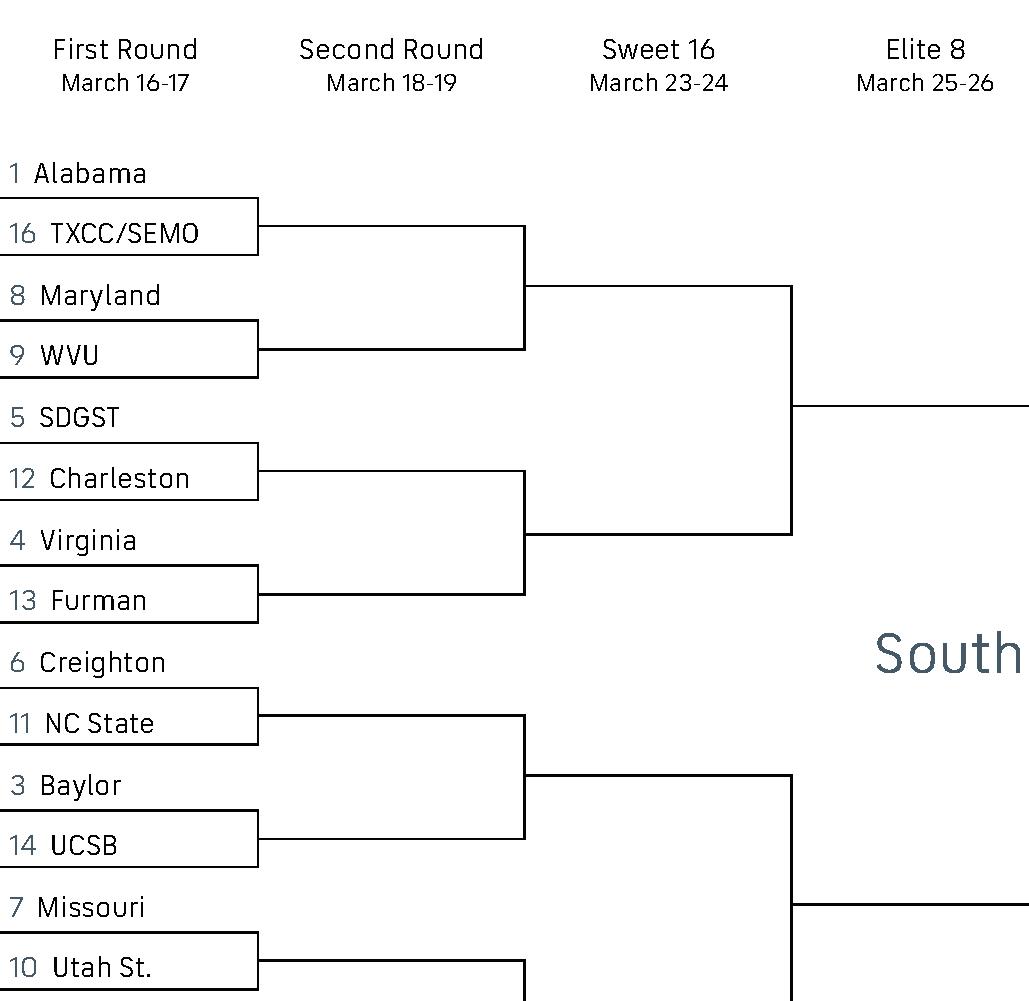
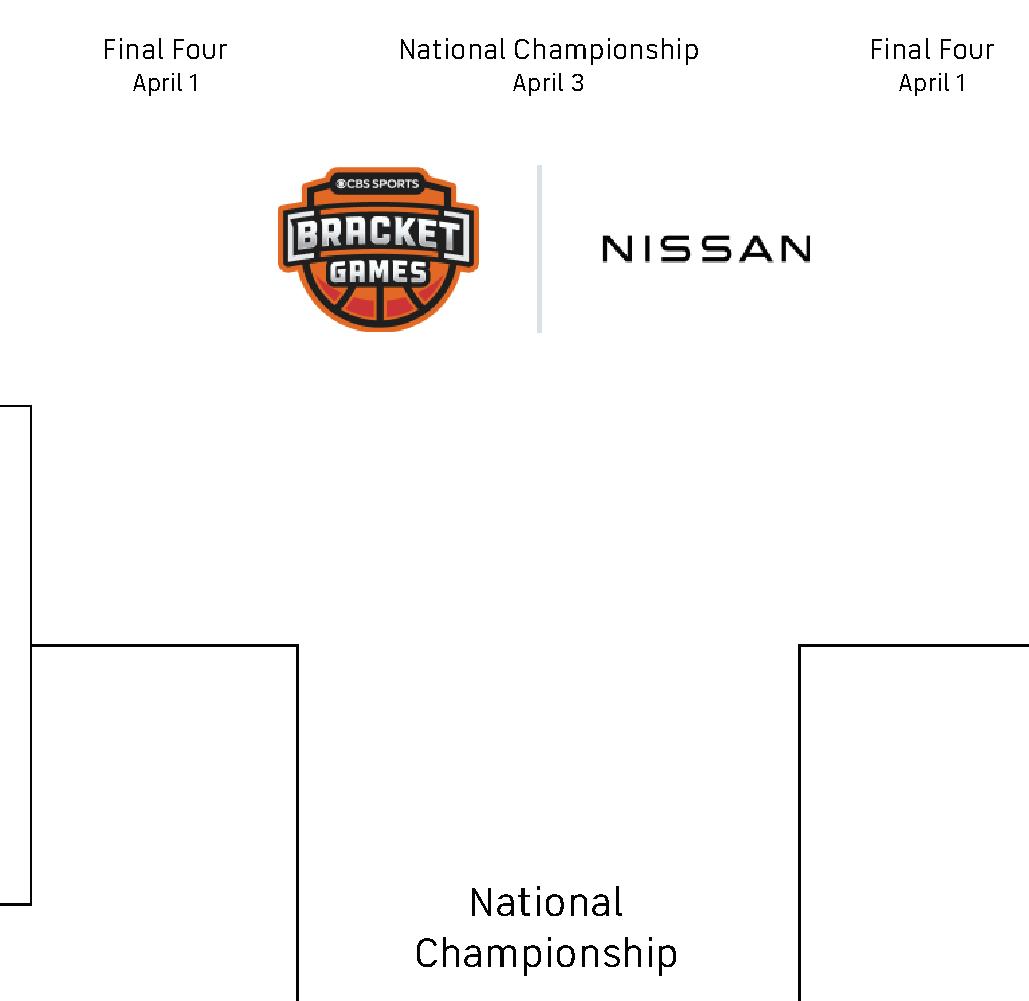
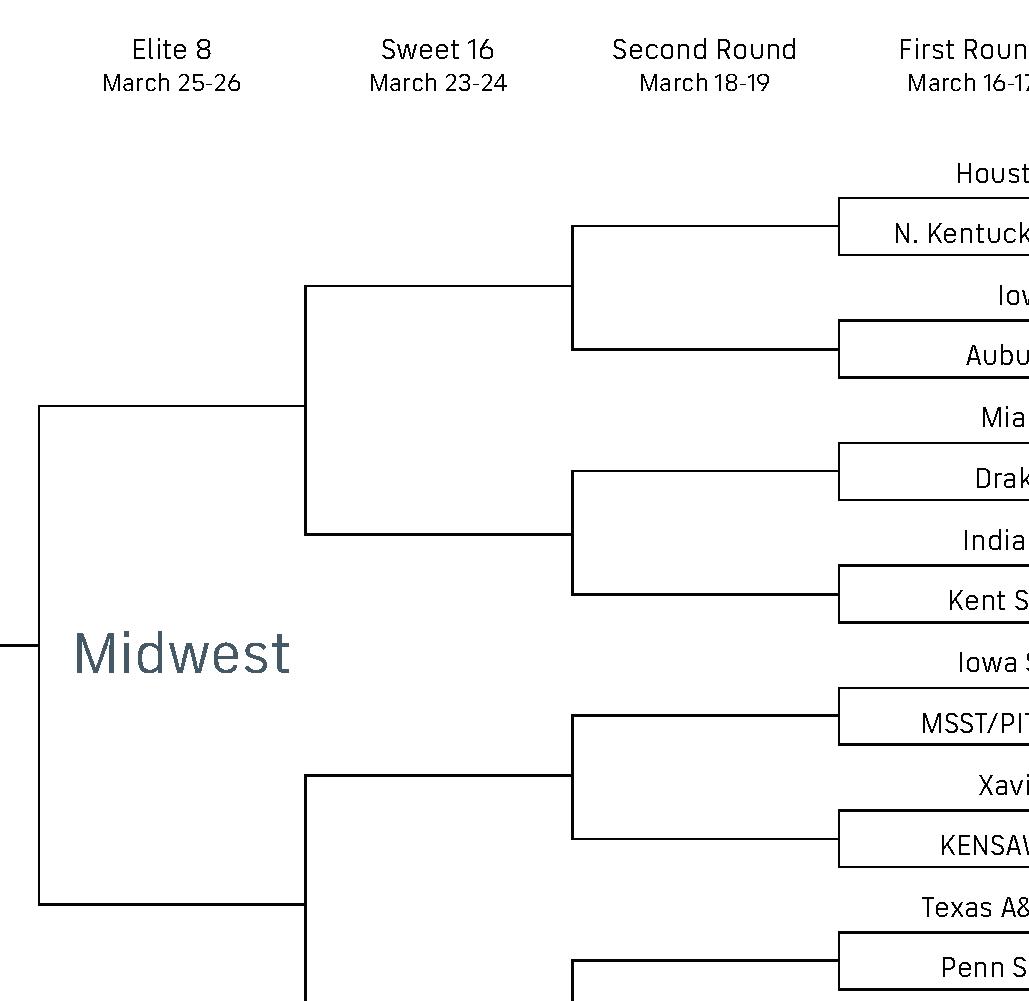


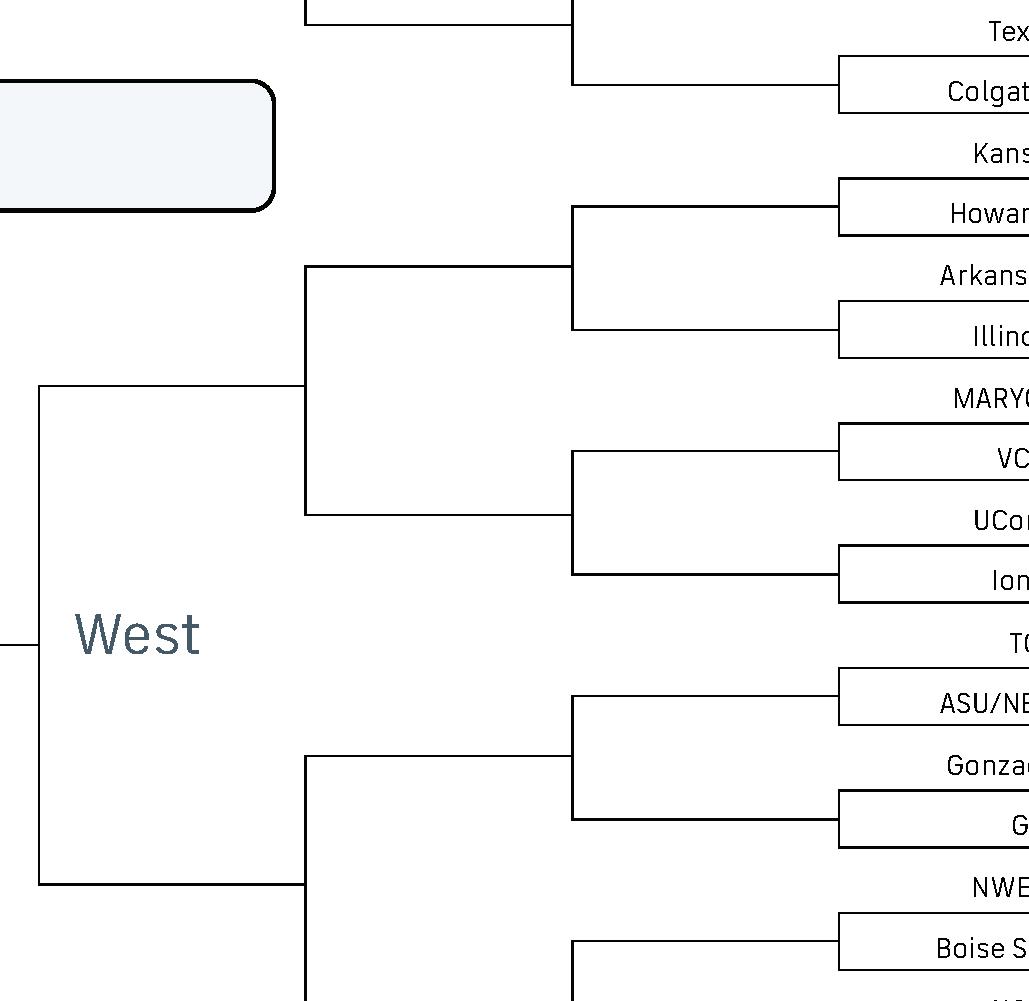
 By COLLYN COWLES Reporter
By COLLYN COWLES Reporter

Unable to stay in the tournament, Weber State University’s women’s basketball team’s season ended with a 63–52 loss to the University of Northern Colorado.















“Last year, we could take a hit and we would stand back up,” Weber State’s head coach Velaida Harris said. “Not the cast this year, right? But it’s a different combination of people and it’s learning, it’s everybody learning what it takes to do this thing because this is hard.”
Guard Aaliyah Ellis scored the first points of the game with a 3-pointer for the Wildcats. After the 3-pointer, Weber State went on a 3-minute scoreless run, allowing Northern Colorado to gain an 11–3 lead.
With the aggression of Daryn Hickok grabbing offensive rebounds, and Laura Taylor knocking down two 3-pointers in the









first quarter, Weber State was able to edge back into the game at an early point. Finishing the first quarter, Northern Colorado led 19–15, with 13 of those points coming from guard Hannah Simental.












Heading into the second quarter, the Wildcats needed baskets to get back into the game. After going 0–10 from the field and 0–3 from the 3-point line, the only points put on the board for Weber State in the second were five free-throws from Daryn Hickok. Northern Colorado capitalized on Weber’s scoring issues and expanded the lead to 11 heading into half-time.
After the break, the third and fourth quarter were no different from the first two. For every basket Weber was able to execute, the Bears were able to answer back. The best scoring run for the Wildcats came in the fourth quarter, where they scored 9 consecutive points to cut the lead to 6.
Forward Delaynie Byrne for Northern Colorado was able to finish the night with 29 points and five assists.
Weber State’s leading scorers were Daryn Hickok with 15 points and Jadyn Matthews who scored 14 points. The Wildcats shot a total of 29.6% from the field and 26.7% from the 3-point line.
“In the second half, we talked about locker room inconsistency, but that’s been our story all year and not having everyone on the same page the entire time,” Harris said. “Now, does that come with a young team? Yeah, but that’s not an excuse for us. I have no doubt that we can fight, we always fight back.”
After finishing the year with a 2–16 in-conference record and going 6–25 overall, the team finished 10th in the Big Sky conference.
The Wildcats’ schedule for next season has not been released.
Following the loss, Velaida Harris ended her five-year tenure as head coach and stepped down thanking several administrators including former Athletic Director Jerry Bovee and Vice President Norm Tarbox
“When I was hired, I was charged with changing a culture, building community, raising academic standards, and graduating players. We did that. This is a basketball business, and my job was to produce wins. We fell short. I would like to thank every Wildcat that played for me, all our fans and my wonderful assistant coaches, who are some of the best,” Harris said.
Weber State University has experienced a growth in Hispanic and Latino students over the past several years. WSU is working to become an emerging Hispanic Serving Institution with a strategized five-year plan. Helping to make sure that this five-year plan called Amplified comes to fruition is Yudi Lewis, the executive director of Hispanic Serving Institutions Initiatives. Before coming to WSU, Lewis worked at Utah Valley University, leading an initiative to increase the number of Hispanic and Latino students’ access to higher education.
“The emerging Hispanic Serving Institution initiative exists to increase the number of Hispanic and Latino students who are not only enrolling at Weber State University but are also graduating,” Lewis said. “The goal of eHSI is to streamline services to best serve, in this case Hispanic and Latino students, but also utilize this as a model to serve all student populations at Weber State.”
Some of these services available to students include internship opportunities as well as scholarships. This initiative is designed to make the process of transitioning from high school to college and then into the workforce easier for all students.
In the state of Utah, Hispanic and Latino communities make up 15% of the population. In Ogden alone, Hispanic and Latino communities make up 30% of the population.

“When you look at Hispanic and Latino representation in higher education, it is only 11%, so what we are hoping to do at Weber State is mirror the state’s Hispanic and Latino demographic of 15% by 2025,” Lewis said. “This is about enabling students’ dreams of getting a college education.”
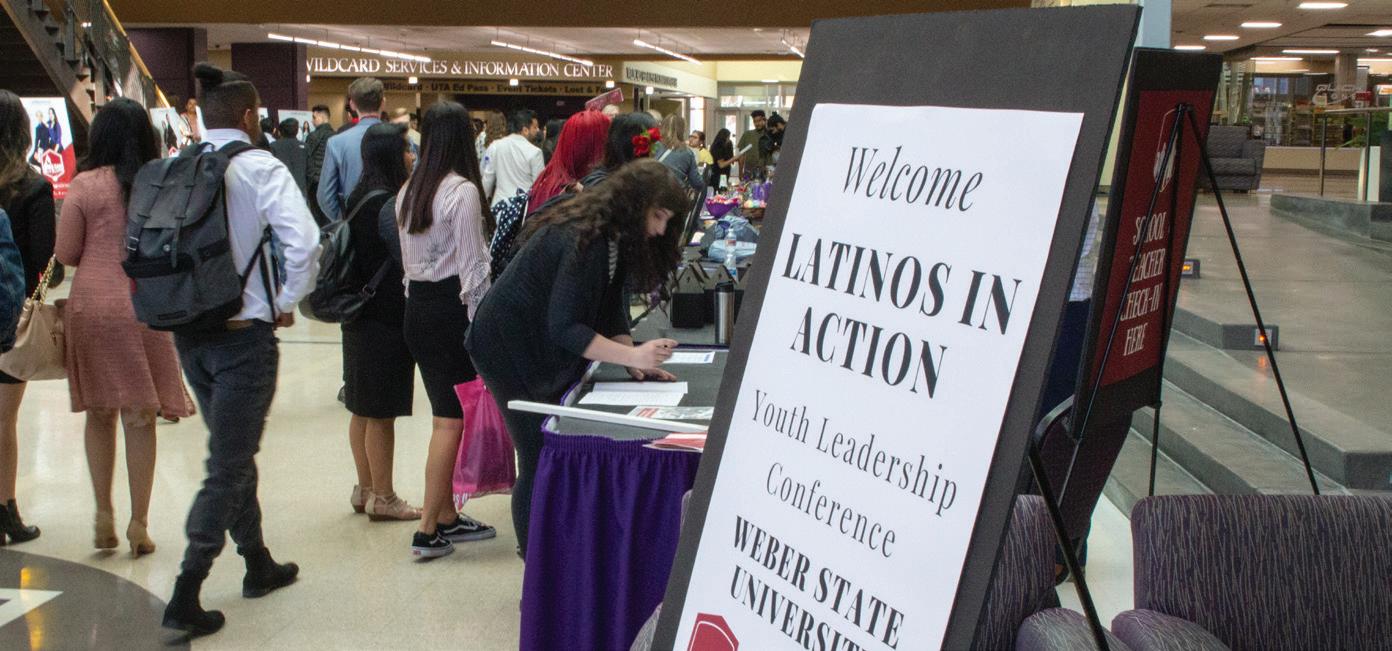
Lewis is assembling a taskforce to help spread awareness of this subject matter around WSU and hopes to have students, faculty and community members be a part of this task force. Lewis believes collaboration with programs on campus and off-campus will greatly benefit eHSI.
“We will need everybody’s help to come up with the ideal definition of how we serve Weber State students,” Lewis said.
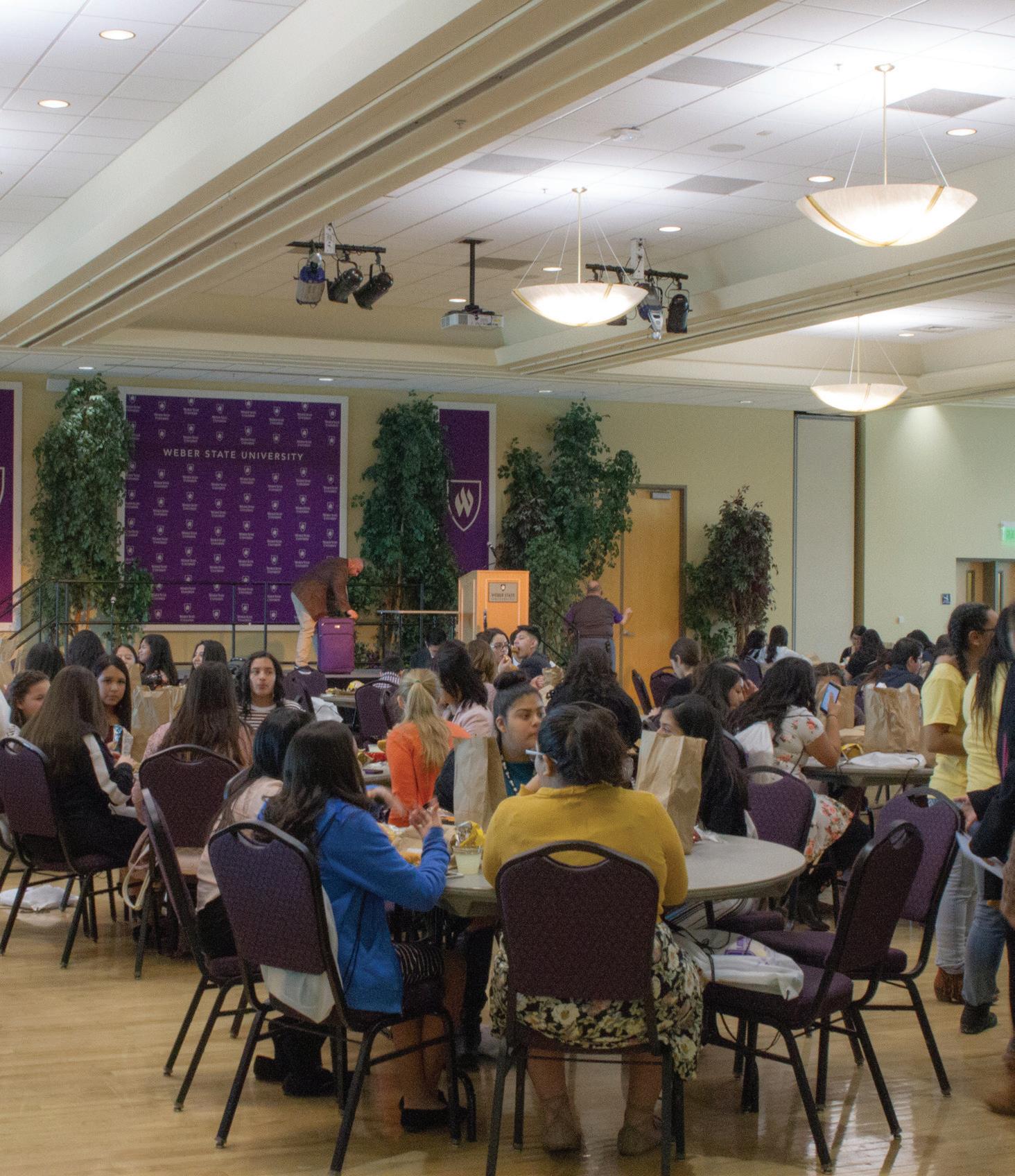
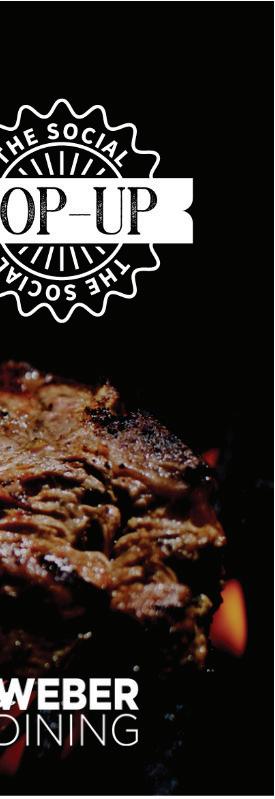


This initiative goes further than just the college level; eHSI also reaches out to the K-12 system. This model provides students with information and programming that students might not be aware of. Other universities such as Salt Lake City Community College and The University of Utah use a similar model to benefit Hispanic and Latino students.

Lewis is excited to work on the eHSI initiative at WSU, saying the resources and opportunities WSU is working to provide today are things she didn’t have access to when she attended college.
“We want to make sure that every student understands that we need their stories, and we value what they bring to the table,” Lewis said. “Here at Weber State, we are making dreams a reality.”
Weber State University ha experimentado un crecimiento de estudiantes hispanos y latinos en los últimos años. WSU está trabajando para convertirse en una institución emergente al servicio de los hispanos con un plan estratégico de cinco años.
Yudi Lewis, directora ejecutiva de Iniciativas de Instituciones de Servicio Hispano, ayuda a garantizar que este plan de cinco años se haga realidad. Antes de llegar a WSU, Lewis trabajó en Utah Valley University, liderando una iniciativa para aumentar el acceso de los estudiantes hispanos y latinos a la educación superior.

“La Iniciativa de la Institución de Servicio al Hispano emergente existe con el propósito de aumentar la cantidad de estudiantes
hispanos y latinos que no solo se inscriben en la Universidad Estatal de Weber sino que también se gradúan de ella”, dijo Lewis. “El objetivo de eHSI, por sus siglas en ingles, es optimizar los servicios para servir mejor, en este caso a los estudiantes hispanos y latinos, pero también utilizar esto como modelo para atender a todas las poblaciones de estudiantes en Weber State”.

Algunos de estos servicios disponibles para los estudiantes incluyen oportunidades de pasantías y becas. Esta iniciativa está diseñada para hacer que el proceso de transición de la escuela secundaria a la universidad y luego a la fuerza laboral sea más fácil para todos los estudiantes.
En el estado de Utah, las comunidades hispanas y latinas constituyen el 15% de la población. Solo en Ogden, las comunidades hispanas y latinas constituyen el 30% de la población.
“Cuando observamos la representación
hispana y latina en la educación superior, es solo del 11 %, por lo que lo que esperamos hacer en Weber State es reflejar la demografía hispana y latina del estado del 15 % para 2025”, dijo Lewis. “Se trata de hacer realidad los sueños de los estudiantes de obtener una educación universitaria”.
Lewis está reuniendo un grupo de trabajo para ayudar a difundir el conocimiento de este tema en WSU y espera que los estudiantes, profesores y miembros de la comunidad formen parte de este grupo de trabajo. Lewis cree que la colaboración con programas dentro y fuera del campus beneficiará enormemente a eHSI.

“Necesitaremos la ayuda de todos para llegar a la definición ideal de cómo servimos a los estudiantes de Weber State”, dijo Lewis.
Esta iniciativa va más allá del nivel universitario; eHSI también llega al sistema K-12. Este modelo proporciona a los estudiantes
información y programación que quizás no conozcan. Otras universidades como Salt Lake City Community College y la Universidad de Utah utilizan un modelo similar para beneficiar a los estudiantes hispanos y latinos.
Lewis está emocionada de trabajar en la iniciativa eHSI en WSU y dice que los recursos y las oportunidades que WSU está trabajando para brindar hoy son cosas a las que ella no tenía acceso cuando asistía a la universidad.
“Queremos asegurarnos de que todos los estudiantes entiendan que necesitamos sus historias y valoramos lo que aportan”, dijo Lewis. “Aquí en Weber State, estamos haciendo realidad los sueños”.
Share this story at thesignpostwsu.com
As most of us know, March 12 was daylight saving for the spring. I personally hate daylight saving time.
My first issue is the “spring forward” part of daylight saving time. Now, for a few days my classes will feel like they are an hour earlier
than before. The “fall back” part of daylight saving time isn’t as bad, because at least everything feels like an hour later.
Britannica stated that the origin of daylight saving time, or summer time as some of Europe calls it, was to give people an “extra” hour during the day for summer and to return to the standard time during the colder months.
The first recorded mention of this kind of idea was by Benjamin Franklin. The Franklin Institute said Franklin talked about daylight time in a piece of satire he wrote to the Journal of Paris. Franklin
argued that by waking up an hour early in the summer, money could be saved due to not needing to light as many candles.
Daylight time was not implemented in Canada until 1908, and most of the world followed in 1916.
Moving on from my petty gripes with collectively shifting time, we no longer live in a society where preserving daylight is beneficial to everyone.
The communities that benefit the most from shifting around daylight are the agrarian communities, but even farmers are done
with daylight saving time.
Emily Baron Cadloff, a journalist for the Modern Farmer, wrote that the act of shifting the schedule messes with the circadian rhythm of the animals and isn’t super healthy for them.
As much as I love, and literally need, agriculturalists to survive, they only make up about 10% of employment in America. All I’m saying is, why should the rest of us that don’t rely on the sun have to shift our time around for them?
I will give daylight saving time some credit; it makes explaining what a social construct is easier.
Because we agreed upon it, the time is now different for a few months. That’s all a social construct is — an idea we just agree upon as a society, and it can change if the society agrees upon the change. I’ve got a solution. We can have city time and rural time. City time stays the same all year round and rural time can keep the daylight saving time system. The professions that need more sunlight can quietly observe by themselves. The farmers and the like who need extra time can keep it, and city slickers like myself will just sleep in throughout the summer.
grifolsplasma.com

Scan
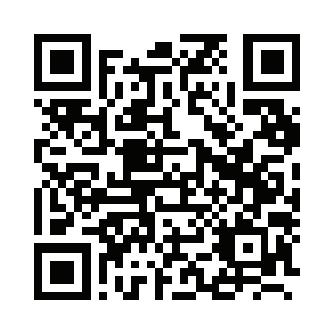
Weber State University’s Women’s Center invited the WSU community to celebrate Women’s History Month, or “Herstory” Month, this March. The center will be partnering with other organizations on campus to host several events to highlight the stories of women.
“This March, we’re honoring long-time traditions of voice, storytelling and sharing,” Paige Davies, director of the Women’s Center, said in an announcement on WSU’s website. “Women have long passed down stories through families, activism, leadership and other avenues. We value the wisdom and truths shared with us and hope to elevate the lived experiences of all women.”
Andrea Hernández, program coordinator for the Women’s Center program, said the Women’s Center is trying to connect more with international students.
“There’s always this disconnect between international students and domestic students,” Hernández said. “We want to figure out ways to bridge that and find ways to showcase … there’s a lot of similarities in our stories and our experiences. We want to create space to be able to have those conversations.” The International Student and Scholar
Center and the Women’s Center are partnering to host a luncheon on March 15 as a belated celebration of International Women’s Day. Students, faculty and staff are invited to share stories over lunch from noon to 2 p.m. in Shepherd Union Ballroom A.
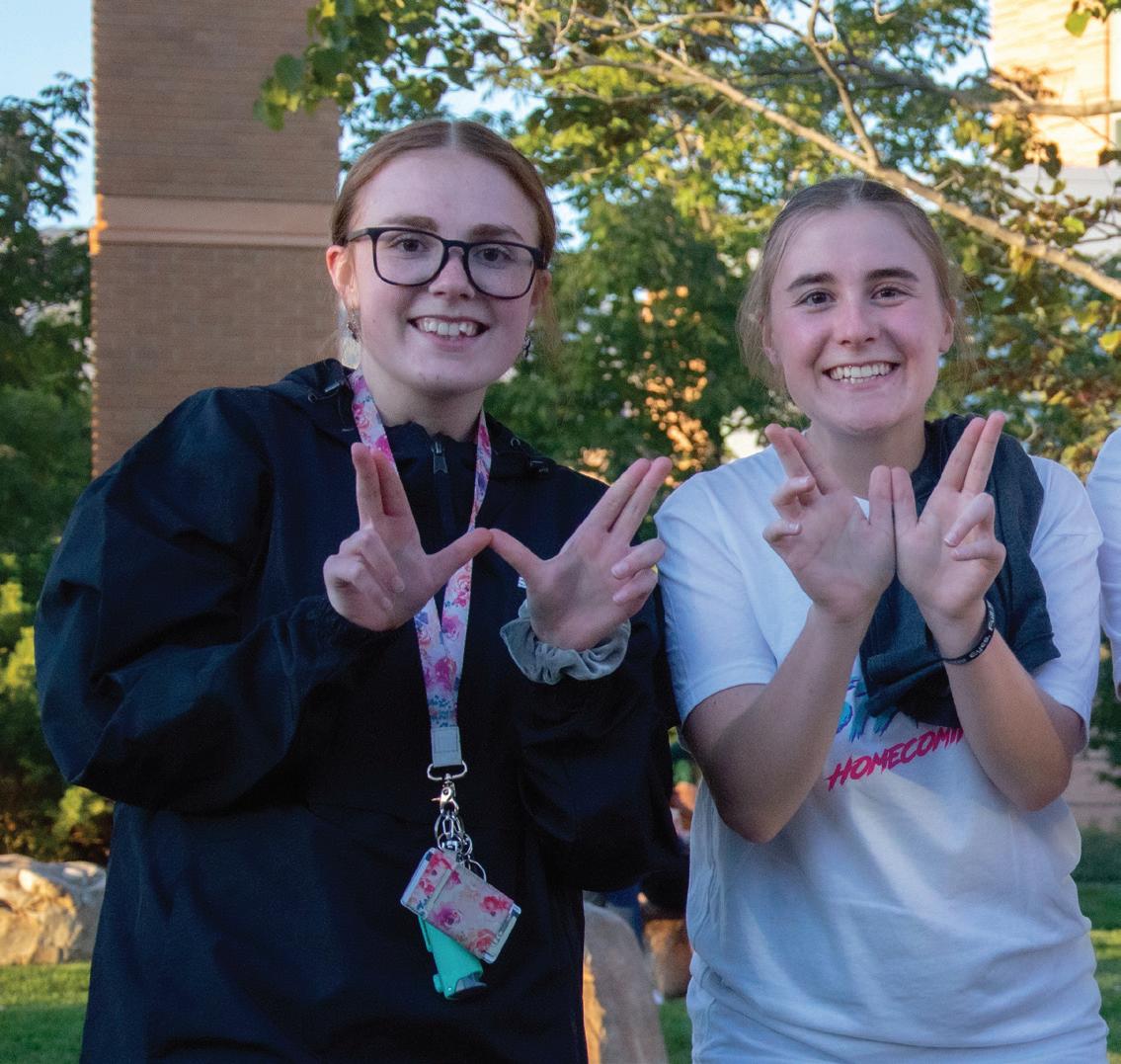
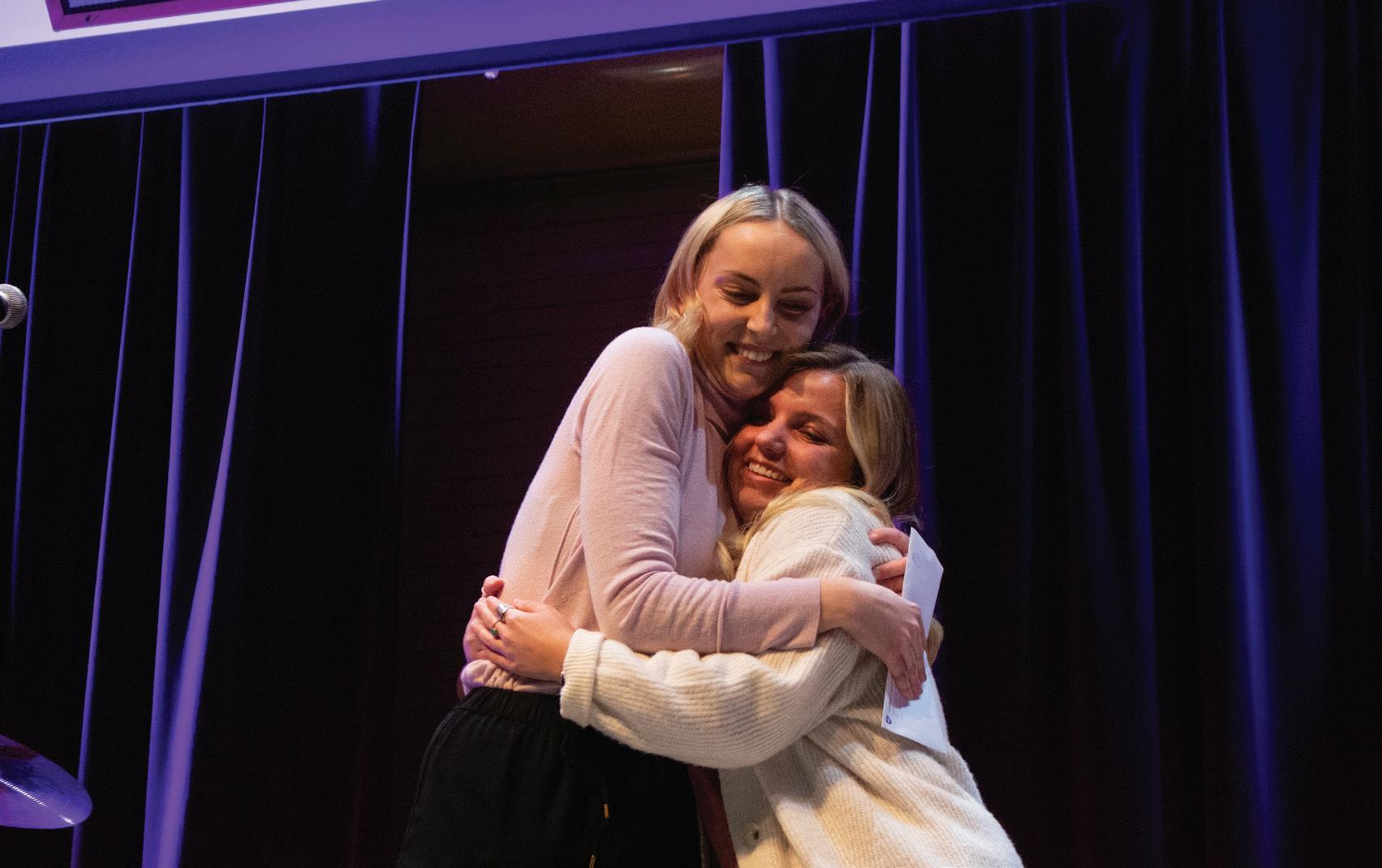
“We’re having our monthly Sister Circle event, which focuses on a different aspect of women’s history or gender equity,” Davies said. “This month, they’re talking about womanism and womanist icons and how that’s different than feminism.”
The Sister Circle will be held on March 21 from 2-3:30 p.m. in Shepherd Union room 320. There will be a presentation as well as an activity focused on womanism and its foundations in the Black community. long history in activism. according to the Women’s Center web page.
“They’ve [student program coordinators] done the research around womanism,” Hernández said. “It’s a phenomenal workshop presentation, and I hope a lot of people come to that because they put so much work into it, and they’re very passionate about it.”
This month there will also be several guest speakers, including Devon Isaacs, a citizen of the Cherokee Nation of Oklahoma. Her Keynote presentation will be on “(re) imagining Selu: Healing Our Communities Through Healing Ourselves.” according to
the Women’s Center web page.


“She has a really unique perspective and experience being indigenous,” Hernández said. “She’s talking more specifically about a story and reimagining a story of their corn mother in their type of culture, which will be a fascinating conversation.”
Isaacs will be presenting on March 30 at 6:30 p.m. via Zoom. Registration for the event can be found on the Women’s Center web page.
Kara Robinson Chamberlain is visiting Weber to speak as a part of the WSUSA sSpeaker sSeries. Chamberlain is a survivor of sexual assault and abduction. She will be speaking on March 22 from 12:30-1:30 p.m. in Shepherd Union Ballroom C.
Nikole Hannah-Jones is also visiting through Browning Presents. Hannah-Jones won a Pulitzer Prize for her 1619 project, on which she will be presenting. This event will take place on March 31 from 7:30-9:30 p.m. in the Browning Center Austad Auditorium.
“We’re a center that’s super understanding, super welcoming, and we are so excited to host Women’s History Month every year,” Hernández said.
The answer is C, Lunar time zone. According to The New York Times, the main objective of establishing a universal timekeeping system for the moon is to streamline contact among the various countries and entities, public and private, that are coordinating trips to and around the moon. Discussions are still ongoing, and NASA has not commented on this matter.
The answer is B, “Everything Everywhere
All at Once.” According to Variety, the film won seven of its 11 award nominations, including Best Picture. It is the most awarded Best Picture winner at the Oscars since “Slumdog Millionaire” in 2008. It had been a while since the Oscars had seen a film steal the show like this one did.
The answer is A, 1983. According to CNN, the answer is A. Silicon Valley Bank was founded in 1983 and specialized in finances regarding technology startups. By the end of 2022, SVB was in the top 20 commercial banks in America and had accumulated $209 billion in assets.

The answer is D, 33. According to The Standard Examiner, Davis County removed 33 books from the shelves of said libraries. Thirty-two other books, including the Bible, are still in the review process. “Any individual with standing can request that a book be reviewed,” including staff, parents and students, said Logan Toone, an assistant superintendent in the district. “Most of our requests have come from parents.”
Editor-in-Chief
Breanna Hart breannahart@mail.weber.edu
Managing Editor
Alexandrea Bonilla alexandreabonilla@mail.weber.edu
Design & Graphics Editor
Star Neil starneil@mail.weber.edu
Asst. Design & Graphics Editor


Emilie Hart emiliehart@mail.weber.edu
Photo Editor Kennedy Camarena kennedycamarena@mail.weber.edu
Asst. Photo Editor Anna Kuglar briannakuglar@mail.weber.edu
Chief Copy Editor Justin Steed justinsteed@mail.weber.edu
News Editor Lucas Moore lucasmoore@mail.weber.edu
News Editor Tim Costello timcostello@mail.weber.edu
Sports Editor Simon Mortensen simonmortensen@mail.weber.edu
Asst. Sports Editor
Rayshaun Baker-Lynch rbakerlynch@mail.weber.edu
Culture Editor Adam Montgomery adammontgomery1@mail.weber.edu
Culture Editor Lexie Andrew lexieandrew@mail.weber.edu
Translation Editor Marianna Lopez-Luritta mlopezluritta@mail.weber.edu
The Signpost is a student publication, written, edited and drafted by Weber State University students. Student fees fund the printing of this publication. Opinions or positions voiced are not necessarily endorsed by the university. The Signpost reserves the right to edit for reasons of space and libel and to refuse to print any letters. Letters should be submitted online to thesignpost@weber. edu and read letter to the Editor in the subject box. Letters should not exceed 350 words.
Advisor Jean Norman jeannorman@weber.edu
Business Manager Rob Steedley robertsteedley@weber.edu










